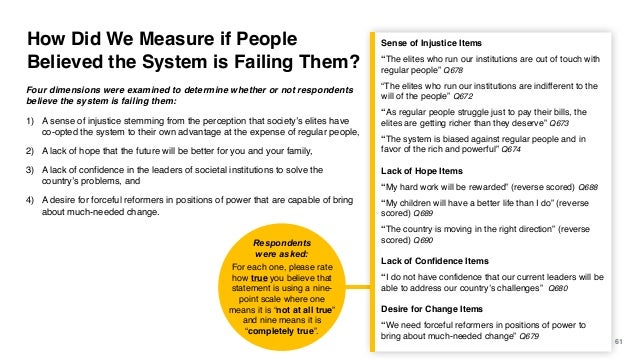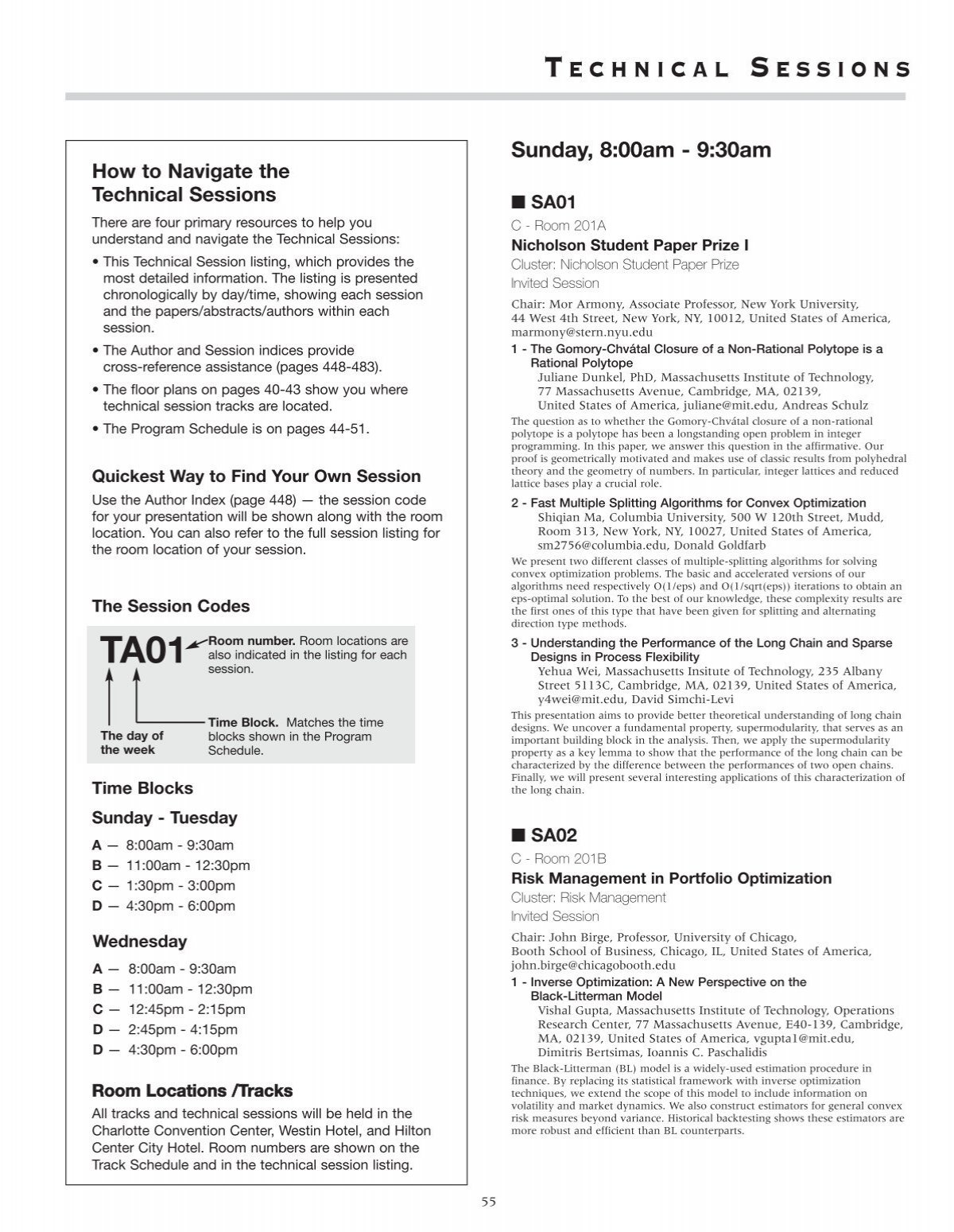Sarah Edelman Change Your Thinking Pdf
- A highly practical guide for taking charge of your negative emotions through cognitive behavior therapy (CBT), the evidence-based treatment used by clinical psychologists worldwide In Change Your Thinking, practicing psychologist Sarah Edelman clearly lays out how to use CBT to develop rational thought patterns in response to upsetting emotions and situations.
- Change Your Thinking by by Sarah Edelman This Change Your Thinking book is not really ordinary book, you have it then the world is in your hands. The benefit you get by reading this book is actually information inside this reserve incredible fresh, you will get information which is getting deeper an individual read a lot of information you will.



Sarah Edelman Change Your Thinking Pdf Free
News Breaking stories updates. Weve noticed youre adblocking. We rely on advertising to help fund our award winning journalism. We urge you to turn off your ad blocker for The Telegraph website so that you can continue to access our quality content in the future. Thank you for your support. Neuroplasticity Wikipedia. Neuroplasticity, also known as brain plasticity or neural plasticity, is an umbrella term that describes lasting change to the brain throughout an individuals life course. The term gained prominence in the latter half of the 2. This notion is in contrast with the previous scientific consensus that the brain develops during a critical period in early childhood and then remains relatively unchanged or static. Neuroplasticity can be observed at multiple scales, from microscopic changes in individual neurons to larger scale changes such as cortical remapping in response to injury. Artist System By Lukas. Behavior, environmental stimuli, thought, and emotions may also cause neuroplastic change through activity dependent plasticity, which has significant implications for healthy development, learning, memory, and recovery from brain damage. At the single cell level, synaptic plasticity refers to changes in the connections between neurons, whereas non synaptic plasticity refers to changes in their intrinsic excitability. NeurobiologyeditOne of the fundamental principles underlying neuroplasticity is based on the idea that individual synaptic connections are constantly being removed or recreated, largely dependent upon the activity of the neurons that bear them. The activity dependence of synaptic plasticity is captured in the aphorism which is often used to summarize Hebbian theory neurons that fire together, wire togetherneurons that fire out of sync, fail to link. If two nearby neurons often produce an impulse in close temporal proximity, their functional properties may converge. Conversely, neurons that are not regularly activated simultaneously may be less likely to functionally converge. Neuroplasticity, also known as brain plasticity or neural plasticity, is an umbrella term that describes lasting change to the brain throughout an individuals life. The following is excerpted from the team chapters of the alwaysexcellent Football Outsiders Almanac. Buy it here as a PDF, or here in print. Born to Run is the twentysecond episode of the second season of the American television series Terminator The Sarah Connor Chronicles, and the thirtyfirst. Agencies and clients. Creative and strategy. Its a dangerous tango. But when it pays off, the results are golden. The CMA Awards are the only event that recognizes. BibMe Free Bibliography Citation Maker MLA, APA, Chicago, Harvard. I/51EuipOrFYL.jpg' alt='Sarah Edelman Change Your Thinking Pdf File' />Cortical mapseditCortical organization, especially in sensory systems, is often described in terms of maps. For example, sensory information from the foot projects to one cortical site and the projections from the hand target another site. As a result, the cortical representation of sensory inputs from the body resembles a somatotopic map, often described as the sensory homunculus. In the late 1. 97. Michael Merzenich, Jon Kaas and Doug Rasmusson were some of those researchers. They found that if the cortical map is deprived of its input, it activates at a later time in response to other, usually adjacent inputs. Their findings have been since corroborated and extended by many research groups. Merzenichs 1. 98. Before amputation, there were five distinct areas, one corresponding to each digit of the experimental hand. Sixty two days following amputation of the third digit, the area in the cortical map formerly occupied by that digit had been invaded by the previously adjacent second and fourth digit zones. The areas representing digit one and five are not located directly beside the area representing digit three, so these regions remained, for the most part, unchanged following amputation. This study demonstrates that only those regions that border a certain area invade it to alter the cortical map. In the somatic sensory system, in which this phenomenon has been most thoroughly investigated, JT Wall and J Xu have traced the mechanisms underlying this plasticity. Re organization is not cortically emergent, but occurs at every level in the processing hierarchy this produces the map changes observed in the cerebral cortex. Merzenich and William Jenkins 1. Shortly thereafter, Ford Ebner and colleagues 1. These two groups largely diverged over the years. The rodent whisker barrel efforts became a focus for Ebner, Matthew Diamond, Michael Armstrong James, Robert Sachdev, and Kevin Fox. Great inroads were made in identifying the locus of change as being at cortical synapsesexpressing. NMDA receptors, and in implicating cholinergic inputs as necessary for normal expression. The work of Ron Frostig and Daniel Polley 1. Merzenich and DT Blake 2. Both systems show similar changes with respect to behavior. When a stimulus is cognitively associated with reinforcement, its cortical representation is strengthened and enlarged. In some cases, cortical representations can increase two to threefold in 12 days when a new sensory motor behavior is first acquired, and changes are largely finalised within at most a few weeks. Control studies show that these changes are not caused by sensory experience alone they require learning about the sensory experience, they are strongest for the stimuli that are associated with reward, and they occur with equal ease in operant and classical conditioning behaviors. An interesting phenomenon involving plasticity of cortical maps is the phenomenon of phantom limb sensation. Phantom limb sensation is experienced by people who have undergone amputations in hands, arms, and legs, but it is not limited to extremities. Although the neurological basis of phantom limb sensation is still not entirely understood it is believed that cortical reorganization plays an important role. Norman Doidge, following the lead of Michael Merzenich, separates manifestations of neuroplasticity into adaptations that have positive or negative behavioral consequences. For example, if an organism can recover after a stroke to normal levels of performance, that adaptiveness could be considered an example of positive plasticity. Changes such as an excessive level of neuronal growth leading to spasticity or tonic paralysis, or excessive neurotransmitter release in response to injury that could result in nerve cell death, are considered as an example of negative plasticity. In addition, drug addiction and obsessive compulsive disorder are both deemed examples of negative plasticity by Dr. Doidge, as the synaptic rewiring resulting in these behaviors is also highly maladaptive. A 2. 00. 5 study found that the effects of neuroplasticity occur even more rapidly than previously expected. Autotune For Mac Osx Full Cracked. Medical students brains were imaged during the period of studying for their exams. In a matter of months, the students gray matter increased significantly in the posterior and lateral parietal cortex. Applications and exampleeditThe adult brain is not entirely hard wired with fixed neuronal circuits. There are many instances of cortical and subcortical rewiring of neuronal circuits in response to training as well as in response to injury. There is solid evidence that neurogenesis birth of brain cells occurs in the adult, mammalian brainand such changes can persist well into old age. The evidence for neurogenesis is mainly restricted to the hippocampus and olfactory bulb, but current research has revealed that other parts of the brain, including the cerebellum, may be involved as well. There is now ample evidencecitation needed for the active, experience dependent re organization of the synaptic networks of the brain involving multiple inter related structures including the cerebral cortex. The specific details of how this process occurs at the molecular and ultrastructural levels are topics of active neuroscience research. The way experience can influence the synaptic organization of the brain is also the basis for a number of theories of brain function including the general theory of mind and Neural Darwinism. The concept of neuroplasticity is also central to theories of memory and learning that are associated with experience driven alteration of synaptic structure and function in studies of classical conditioning in invertebrate animal models such as Aplysia.
Sarah Edelman Change Your Thinking Pdf Free

Sarah Edelman Change Your Thinking Pdf Download

Sarah Edelman Change Your Thinking Pdf Online
Sarah Edelman Change Your Thinking Pdf Converter. 6/4/2017 0 Comments Zoo des Sables d'Olonne, L'Ecozoo des Sables d'Olonne,Samedi 6 mai 2. En quoi consiste le. Change Your Thinking, 3rd edition (Sarah Edelman PhD) Change Your Thinking is the bestselling guide to managing upsetting emotions by learning to think in a healthy and balanced way. It provides practical strategies for overcoming negative thoughts and behaviours, and taking control of emotions such as anxiety, depression, frustration, anger.
Sarah Edelman Change Your Thinking Pdf Book
The book also offers sensible suggestions for more effective communication and for finding happiness, something that is within everyone's grasp. CBT can help you change your thinking and make a difference to your life - beginning today. Download PDF Author: Dr. Sarah Edelman ISBN: 955 Pages: 432 pages Format: PDF Size: 20.28 Mb.